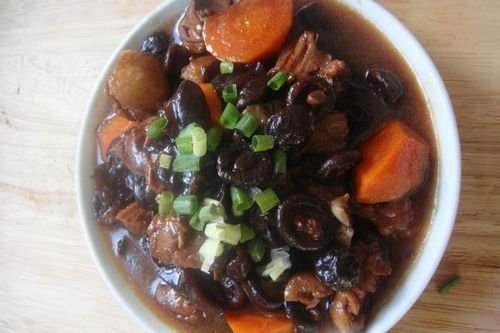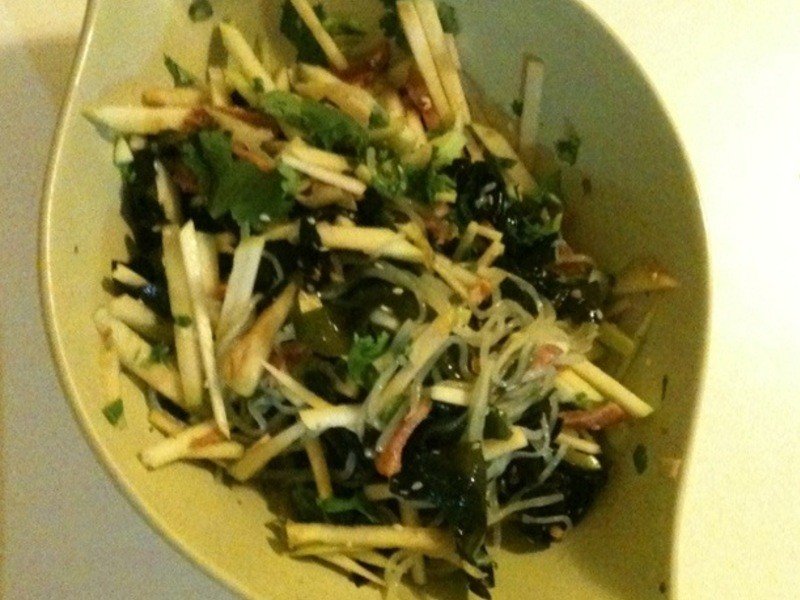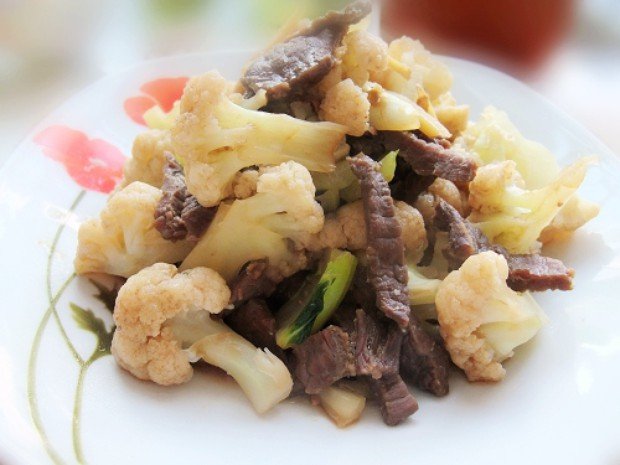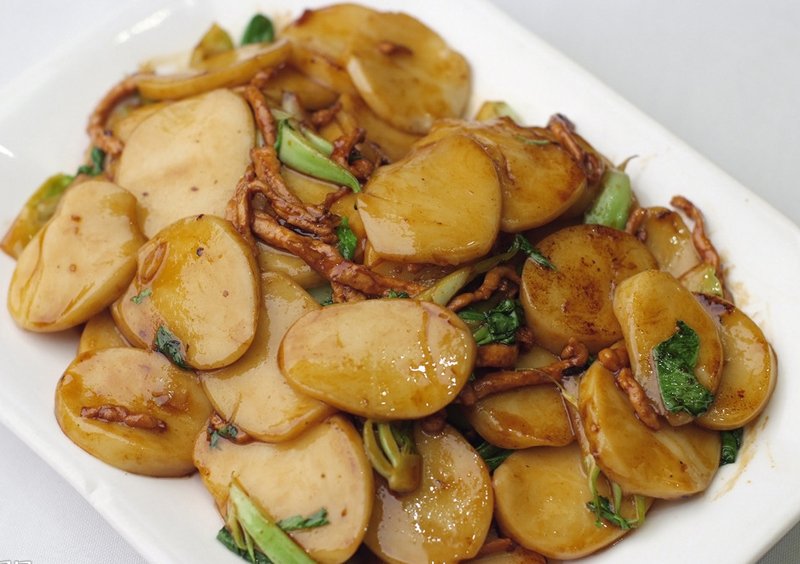How to heal with food?The world of traditional Chinese medicine (TCM) emphasizes the healing power of food. According to TCM, different foods have different energies, and by consuming them, we can help restore balance and harmony in our body. This article will explore the concept of healing with foods and offer tips on how to eat for healing throughout the year.
How to heal with food – The Secret behind Healing with Foods
In TCM, food is not just fuel for our bodies but also a source of energy. Every food has a unique energy or “Qi” that affects our body. For example, some foods are considered to be “cooling” and help balance excessive heat in the body, while others are “warming” and help stimulate circulation and promote healing.
Another critical concept in TCM is the idea of balancing the Five Elements – wood, fire, earth, metal, and water. Each element corresponds to different organs and systems in the body, and by consuming foods that are aligned with the specific element, we can help restore balance and promote healing.
The practice of using food as medicine is not new, but Traditional Chinese Medicine (TCM) offers unique insights and strategies for healing through nutrition. TCM views the body as a whole, interconnected system, where imbalances in one area can affect the entire system. This holistic approach to healing recognizes that food is not only a source of energy and nutrients but also a form of medicine that can be used to restore balance and promote wellness.
One of the core principles of TCM is that different foods have different energetic properties. For example, some foods are considered warming or cooling, while others are considered dampening or drying. By understanding these properties, TCM practitioners can create personalized dietary plans that help to rebalance the body and address specific health concerns.
Another key aspect of TCM is the emphasis on seasonal eating. In TCM, each season is associated with different organs and energies, and by eating foods that are in season, we can support and nourish those organs and energies. For example, in the winter, TCM recommends eating warming, hearty foods that support the kidneys and boost energy levels, while in the summer, cooling, hydrating foods are preferred to help balance the body’s internal heat.
TCM also recognizes the importance of mindful eating, which involves paying attention to the flavors, textures, and colors of our food and taking the time to savor and enjoy each bite. By doing so, we can improve our digestion, absorb nutrients more effectively, and enhance our overall sense of well-being.
Overall, TCM offers a valuable perspective on the role of food in healing and wellness. By incorporating TCM principles into our dietary habits, we can support our bodies’ natural healing processes and promote optimal health and vitality. As natural health practitioners, we should continue to educate ourselves and our clients on the benefits of TCM-inspired eating and encourage the integration of these practices into our daily lives.
Tips for Eating for Healing with food throughout the Year
Winter: In winter, the focus is on eating warm, nourishing foods that help build and protect the body against the cold. Root vegetables like sweet potatoes, carrots, and beets are excellent choices, as are warming spices like ginger and cinnamon.
Spring: Spring is a time of renewal and growth, and the focus is on foods that help promote detoxification and liver function. Bitter greens like dandelion and arugula are great choices, as are sour foods like lemon and vinegar.
Summer: In summer, the focus is on foods that help cool and hydrate the body. Fruits like watermelon and berries are excellent choices, as are cooling herbs like mint and cilantro.
Fall: In fall, the focus is on foods that help nourish and strengthen the lungs and immune system. Pungent foods like onions and garlic are excellent choices, as are foods that are rich in Vitamin C, like oranges and bell peppers.
Eating for healing is not a new concept, but it is an essential one. Traditional Chinese medicine offers a unique perspective on the power of food to promote balance and harmony in the body. By understanding the energy behind different foods and eating for the season, we can help support our body’s natural healing abilities and improve our overall health and well-being.
How to Heal with Foods based TCM & I Ching for beginners
Healing with Foods based on Traditional Chinese Medicine (TCM) and I Ching is an ancient practice that uses food as a form of medicine to promote healing, balance, and well-being. This approach focuses on the energetic properties of food and how they interact with the body’s organs and systems, according to the principles of TCM and I Ching. Here’s a beginner’s guide on how to get started with this holistic practice:
Understand the Basics of TCM and I Ching
TCM is a system of healing that has been practiced in China for over 2,000 years. It is based on the concept of Qi, or life force energy, which flows through the body’s meridians or energy channels. I Ching, on the other hand, is a divination system that uses hexagrams to provide guidance and insight into the underlying energies of a situation or person. Understanding the principles of TCM and I Ching is essential to using food as medicine.
In TCM, the balance and flow of Qi is crucial to maintaining health and preventing illness. When Qi is blocked or stagnant, it can result in pain, disease, and emotional imbalances. TCM practitioners use various modalities such as acupuncture, herbal medicine, and dietary therapy to promote the free flow of Qi and restore balance to the body.
Food is seen as an important part of TCM dietary therapy because it has the potential to both nourish and heal the body. Foods are classified according to their energetic properties, such as temperature (cold, cool, neutral, warm, hot), taste (sour, bitter, sweet, pungent, salty), and meridian channels they affect. By understanding the energetic properties of food, TCM practitioners can recommend specific foods to promote health and address specific health conditions.
I Ching, also known as the Book of Changes, is a divination system that has been used for over 3,000 years in China. It is based on the idea that everything in the universe is in a constant state of change and that there are underlying energies or forces that influence these changes. The hexagrams used in I Ching are composed of six lines, each representing a different aspect of a situation or person, such as heaven, earth, thunder, or wind.
By consulting the I Ching, one can gain insight into the underlying energies of a situation or person and make decisions based on this understanding. I Ching can be used in conjunction with TCM to guide dietary therapy and promote overall health and well-being.
Together, TCM and I Ching offer a holistic approach to healing that emphasizes the importance of balancing and harmonizing the body’s energies. By understanding the basics of TCM and I Ching, one can begin to use food as medicine and incorporate these principles into their daily lives to promote health and prevent illness.
Learn the Energetic Properties of Foods
Every food has a unique energetic property that can affect the body’s organs and systems. For example, foods that are sweet in taste and have a warming property, such as yams and pumpkin, can tonify the spleen and stomach. Foods that are bitter in taste and have a cooling property, such as kale and arugula, can clear heat from the body and detoxify the liver. Learning the energetic properties of foods is essential to creating a balanced and healing diet.
Furthermore, in TCM, the energy of food is also classified according to the Five Elements: wood, fire, earth, metal, and water. Each element corresponds to certain organs and bodily systems. For instance, wood corresponds to the liver and gallbladder, while fire corresponds to the heart and small intestine. By eating foods that correspond to the appropriate element, one can support and balance the associated organs and systems.
In addition to the Five Elements, TCM also recognizes the importance of yin and yang energies in food. Yin foods are cooling and nourishing, such as fruits and vegetables, while yang foods are warming and stimulating, such as meats and spices. A balance of both yin and yang energies is essential for optimal health.
Through understanding the energetic properties of foods and their corresponding elements and yin-yang qualities, one can create a personalized diet that supports their individual health needs. This can include incorporating specific foods for specific health conditions or concerns, as well as adjusting the balance of yin and yang energies in one’s diet to promote overall balance and vitality.
Use the I Ching to Determine Which Foods to Eat
The I Ching can be used to provide guidance on which foods to eat to promote healing and balance. Simply ask a question, such as “What foods should I eat to improve my digestion?” and consult the I Ching. The hexagrams will provide insight and guidance on the energetic properties of foods that can help with your specific issue. Using the I Ching to determine which foods to eat can be a powerful tool in your healing journey. When consulting the I Ching, it’s important to approach the question with an open mind and a willingness to receive guidance. Ask your question in a clear and specific way, and focus on the intention behind your inquiry.
Once you have your hexagram, take time to reflect on its message and apply it to your food choices. Consider the energetic properties of the foods recommended by the I Ching and how they can support your body and promote healing. For example, if the hexagram recommends foods that are cooling and detoxifying, such as cucumber and celery, consider incorporating them into your diet to support your liver and digestive system.
Remember that the I Ching is a tool for guidance and insight, but ultimately, it’s up to you to make the choices that will support your health and wellbeing. Use the information provided by the I Ching as a starting point, and continue to listen to your body and make choices that feel right for you. With practice, you can learn to trust your intuition and develop a deeper understanding of the connection between food, energy, and healing.
Create Balanced Meals
To create a balanced and healing meal, include a variety of foods that have different energetic properties. For example, a meal that tonifies the spleen and stomach could include yams, pumpkin, quinoa, and chicken. A meal that clears heat and detoxifies the liver could include kale, arugula, beets, and salmon. Combining foods with different energetic properties helps create a balanced and healing meal.
It’s important to note that creating balanced meals isn’t just about incorporating foods with different energetic properties. It’s also about balancing the flavors, colors, and textures of the foods. In TCM, each flavor corresponds to a different organ system and can affect the body in different ways. For example, the sour flavor is associated with the liver and can help promote the flow of Qi, while the sweet flavor is associated with the spleen and can help tonify Qi.
To create a balanced meal, aim to incorporate each of the five flavors: sweet, sour, bitter, pungent, and salty. Additionally, try to include a variety of colors, as different colors correspond to different organ systems as well. For example, red foods are associated with the heart, while green foods are associated with the liver.
Lastly, consider the texture of the foods. In TCM, each texture corresponds to a different organ system and can affect the body in different ways. For example, crunchy foods like carrots and celery can help stimulate the lungs, while soft and moist foods like cooked grains and stews can help nourish the spleen.
By creating balanced meals that incorporate foods with different energetic properties, flavors, colors, and textures, you can help promote healing and balance in the body.
Pay Attention to Seasonal Eating
In TCM, the seasons are associated with different organs and systems in the body. Eating foods that are in season and have the energetic properties associated with that season can promote balance and well-being. For example, in the spring, foods that are sour in taste and have an upward and outward energy, such as lemons and green onions, can promote liver and gallbladder health.
Additionally, paying attention to seasonal eating can also help us connect more deeply with nature and the rhythms of the natural world. It allows us to be in tune with the changing seasons and to consume foods that are fresh, local, and at their peak nutritional value. Eating seasonally can also be a more sustainable and environmentally friendly choice, as it reduces the need for foods to be transported long distances and can support local farmers and producers.
Incorporating seasonal foods into our meals can be easy and enjoyable. We can visit farmers markets, join a community-supported agriculture (CSA) program, or even grow our own fruits and vegetables. By including seasonal foods in our diet, we can enhance our body’s natural ability to heal and thrive.
[caption id="attachment_362492" align="alignnone" width="612"] How to heal with food[/caption]
How to heal with food[/caption]
How to heal with food – An inspiring story
Sophia who suffered from chronic migraines and fatigue. She had tried countless medications and treatments, but nothing seemed to work. She began to lose hope that she would ever find relief from her debilitating symptoms.
One day, a friend introduced her to the concept of Healing with Foods based TCM & I Ching. Intrigued, Sophia decided to give it a try. She began incorporating foods recommended for her specific symptoms into her diet, and also consulted the I Ching to gain insight into her body’s needs.
At first, the changes were subtle, but Sophia began to notice that her migraines were occurring less frequently and with less intensity. She also found that her energy levels were increasing, and she no longer felt the constant fatigue that had plagued her for years.
As Sophia continued on her healing journey, she began to feel more connected to her body and its needs. She learned to trust her intuition when it came to making food choices, and became more aware of the impact that different foods had on her overall health.
Over time, Sophia’s health continued to improve, and she felt a renewed sense of vitality and well-being. She was amazed by the power of Healing with Foods based TCM & I Ching, and became passionate about sharing her experience with others.
Today, Sophia is a certified practitioner of Healing with Foods based TCM & I Ching, and helps others on their own healing journeys. She believes that everyone has the ability to tap into their body’s innate wisdom and find true healing through the power of food and ancient wisdom.
In conclusion, Healing with Foods based on TCM and I Ching is a holistic approach to health and wellness that can be easily incorporated into your daily life. By understanding the energetic properties of foods and using the guidance of the I Ching, you can create balanced and healing meals that promote well-being and balance in the body.
Learn More
 How to heal with food Tips for Healing with food[/caption]
How to heal with food Tips for Healing with food[/caption]




















